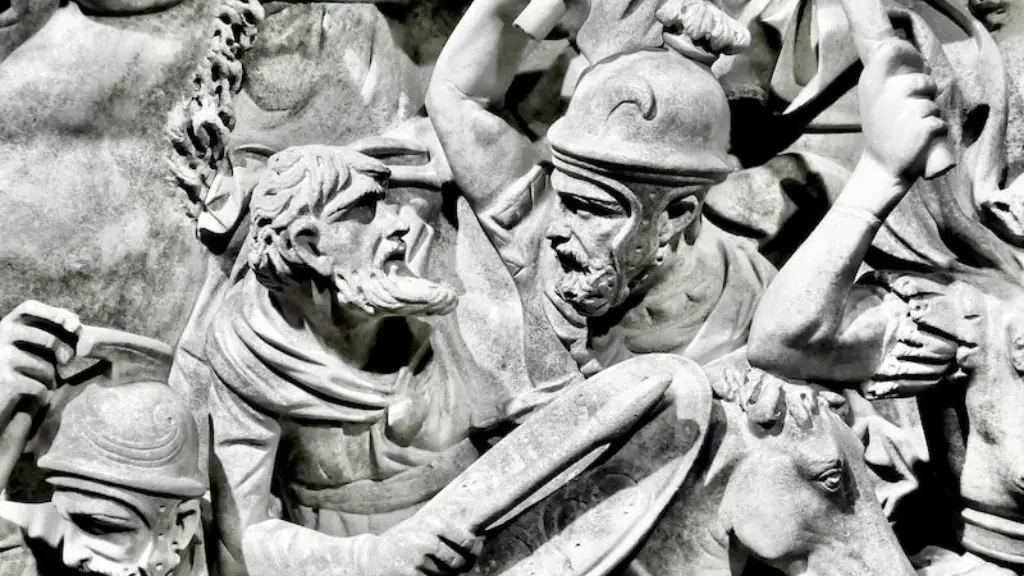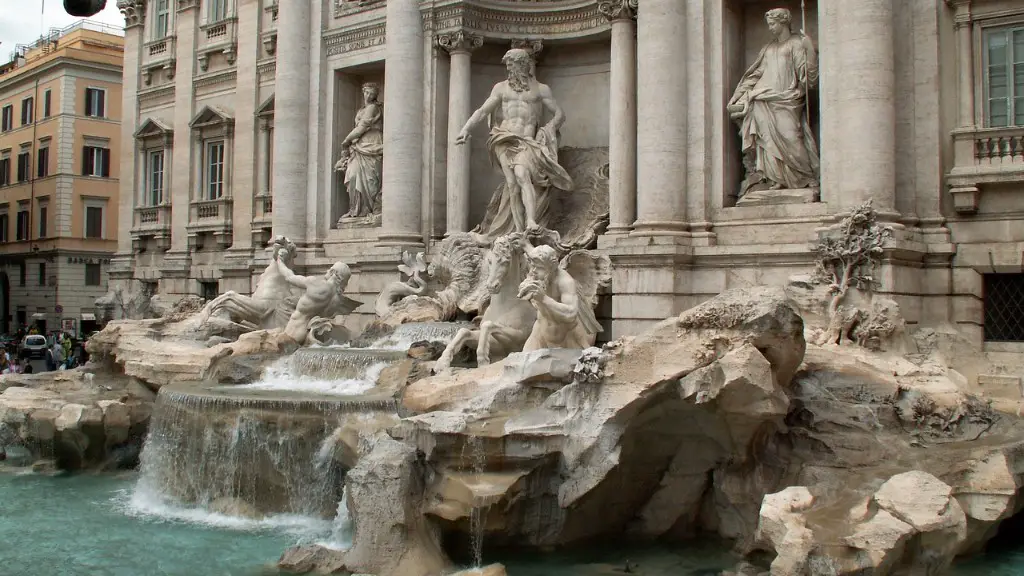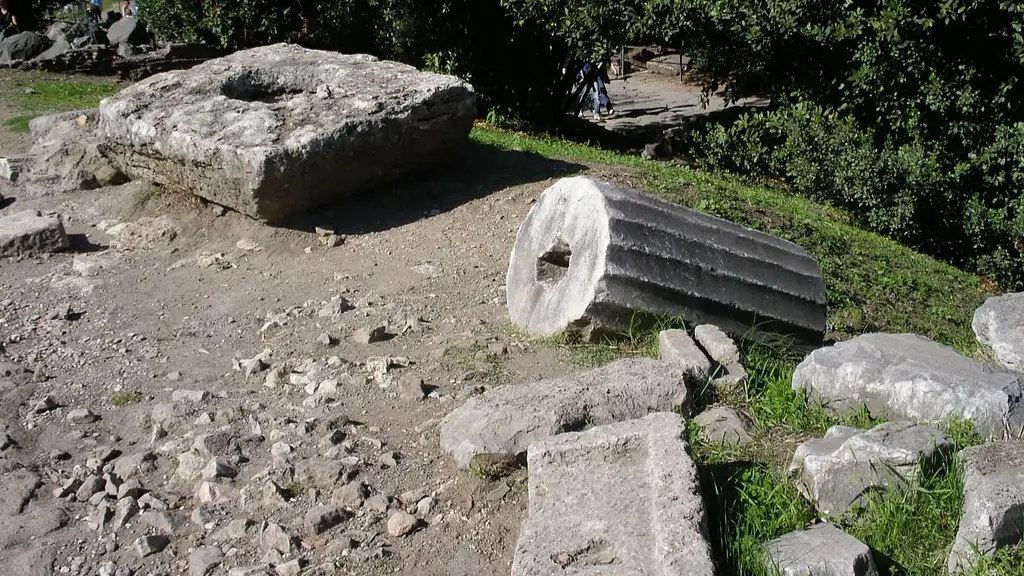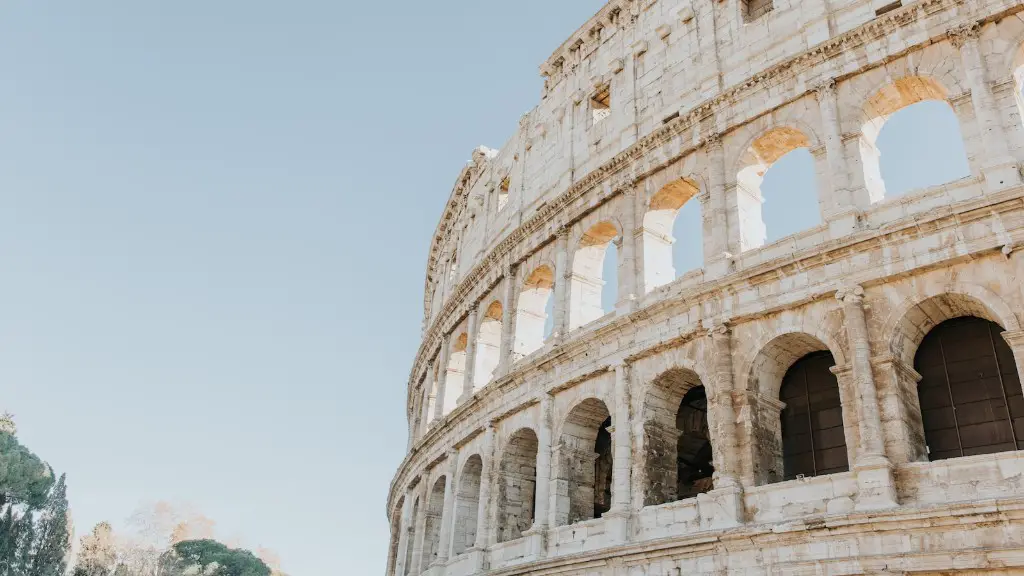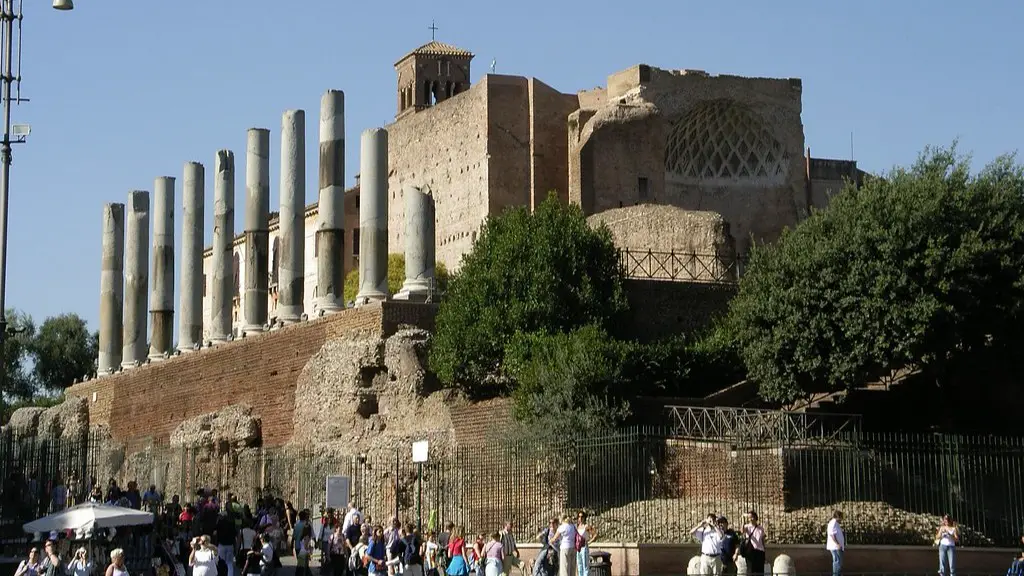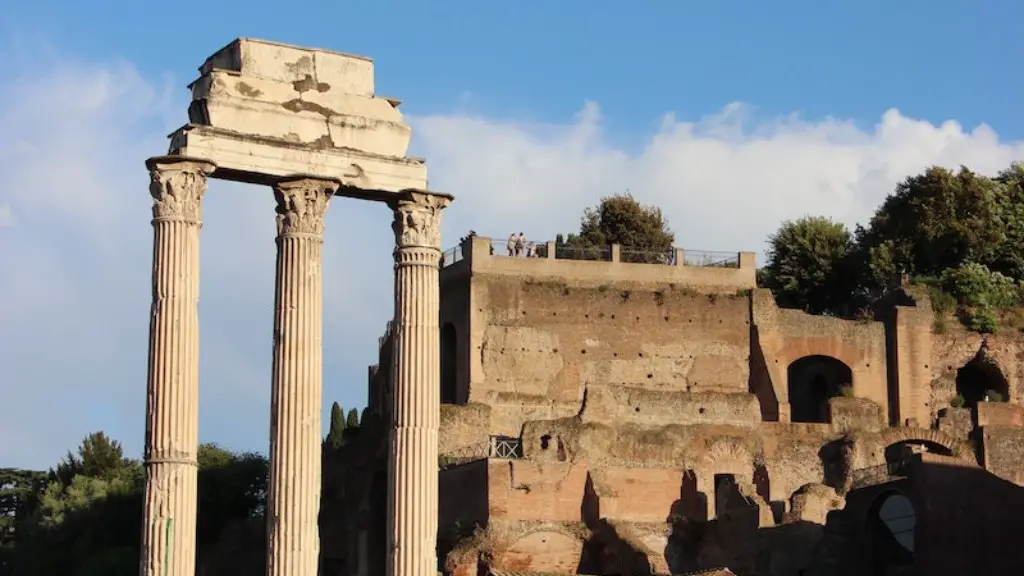In ancient Rome, people made a living in a variety of ways. Some worked in agriculture, some in trade, some in manufacturing, and some in the government or military. There was also a large class of slaves who worked for their owners.
Most people in Ancient Rome made a living through farming. Others worked as craftsmen or traders. A small number of wealthier people could afford to live off of their investments or from renting out land or buildings they owned.
How did people in Rome make a living?
The Roman army was large and needed soldiers. The army was a way for the poorer class to earn a regular wage and to gain some valuable land at the end of their service.
Roman children were expected to help around the house and on the farm. They also helped build roads, bridges, and buildings. While some were treated poorly, because they did essential work and were ¨family,¨ they were more often treated with kindness. We don’t know as much about Roman children as we do about Roman adults.
How did people make money in Ancient Rome
The Roman economy was based on agriculture, which means that people made and spent money by growing food and farming. Roman agriculture relied on large farms that were run by slaves. Romans also made money from mines, and rich Romans could buy luxuries from all over the world.
If you were richer, you would live in a larger single home called a domus. These usually had many rooms off an atrium, which was a room in the center of the house with an open roof. Poor Romans who lived in the countryside would live in shacks or cottages, while rich Romans would live in large, sprawling villas.
How did rich Romans live?
The wealthy Romans lived in a domus, which is a house built around an unroofed courtyard, or atrium. The atrium was the reception and living area, while the house around it contained the kitchen, lavatory, bedrooms (cubuculi), and dining room, or triclinium.
Most people in the Roman Empire were farmers. Popular crops were olives, grapes for wine, honey, and cereal crops. Livestock such as beef and pork were common as well. Wealthy people owned the farms while the poor worked the land to harvest the crops and raise the livestock.
What was daily life like for ancient Romans?
Photo by Mario Taddei/Assi There was a great deal of social flexibility in ancient Rome when it came to family life. Roman men were expected to provide for the family, but in richer families this usually meant holding a well-paid political position. In poor families, both husbands and wives often had to work. Wealthy Roman women ran their households and bought and trained the family’s slaves. There was also a great deal of variation in the size of families. Some families had only one child, while others had large extended families.
The average citizen in the Roman Empire lived a relatively comfortable life in modest housing. Despite the vast riches of the empire, the largest class of people lived in what can only be described as poverty. Roman children wore pendants called bullas, from the Latin word for “bubble,” around their necks.
What was living in Rome like
Daily life in a Roman city was quite different for those of different economic classes. The wealthy had the benefit of slave labor, which made their lives much easier. The poor, on the other hand, had to do everything for themselves. This often led to a lot of poverty and inequality within the city.
In ancient Rome, the lives of rich and poor people were very different. The rich lived in the cleanest, quietest, and most spacious parts of the city. Their houses were well-constructed and usually had heat, water, and kitchens. The poor, on the other hand, lived in the dirtiest, noisiest, and most crowded parts of the city. Their houses were poorly constructed and usually lacked heat, water, and kitchens.
What did the rich Romans do for fun?
The Romans were clearly a society that enjoyed violence and bloodshed, as evidenced by their love of board games, gladiator fights, and animal fights. This likely served as a way to release pent-up aggression and hostility, and also served as entertainment for the masses. While we may not find such bloodthirsty entertainment amusing today, it is interesting to see what kinds of things people found entertaining in different cultures and periods of history.
The practice of slavery was widespread throughout the Roman Empire and it is estimated that up to one-third of the population were slaves. They were owned by both individuals and institutions such as the state, temples, and large estates. Slaves worked in a variety of settings, including private households, mines, factories, and on farms. They also worked for city governments on engineering projects such as roads, aqueducts, and buildings. As a result, slaves were a very diverse group and they easily merged into the population.
How did the Romans deal with homelessness
The homeless of Rome were some of the poorest people in the city. They slept in whatever space they could find, including under stairs and between columns. Some even slept along the Tiber River.
The opus latericium was a type of brickwork used by the Romans that became popular in the 1st century AD. This type of brickwork was created by placing bricks of thick structure onto a core of opus caementicium, which was a type of concrete. The opus latericium was used for the walls of houses, Roman baths, and monuments.
What food did Romans eat?
The Romans primarily ate cereals and legumes, usually with sides of vegetables, cheese, or meat and covered with sauces made out of fermented fish, vinegar, honey, and various herbs and spices. While they had some refrigeration, much of their diet depended on which foods were locally and seasonally available. This resulted in a varied diet that was both healthy and delicious!
This note is about the difference in what wealthy and poor people would typically eat for dinner. Wealthy people would often have access to eggs, fresh poultry or fish, and vegetables, while poor people typically would only have a porridge made of boiled grains as their meal. This note emphasizes how the disparity in resources affects what people are able to eat on a daily basis.
What did a Roman home look like
The houses were simple in design and only had one storey. They were built around a courtyard, which was known as an atrium. The atrium had rooms opening up off of it and it had no roof. A rich Roman house would have many rooms, including a kitchen, bathroom, dining room, bedrooms and rooms for slaves.
Although the status of slaves varied depending on their owner’s wealth, all slaves were seen as property first and foremost. Slaves could be bought and sold, and their labor was used to contribute to their owner’s wealth. Although some slaves may have had better working conditions than others, all slaves were subjected to their owner’s will and had no legal protections.
Final Words
-By farming
-By herding livestock
-By fishing
-By working in mines and quarries
-By manufacturing goods
-By working as artisans
-By providing services such as innkeeping and laundering
-By serving as soldiers in the army
-By working as government officials
-By owning land and renting it out to tenants
Ancient Rome was a complex and dynamic society with a wide variety of ways for people to make a living. Most people were subsistence farmers, with a large percentage of the population also working in trades such as stonecutting, pottery, and metalworking. There was also a small number of wealthy elites who owned large estates worked by slave labor.
